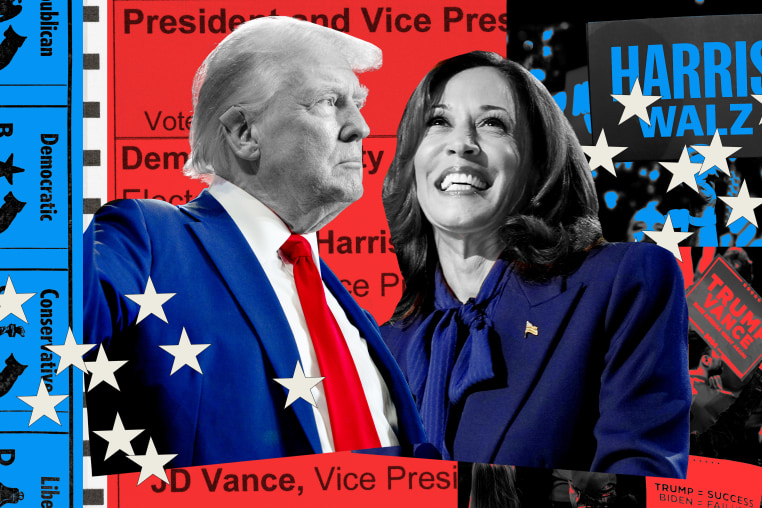Damaging News: Stay Updated with Today's Top Headlines
Damaging News: Stay Updated with Today's Top Headlines
Blog Article
Top News Trends: What You Required to Know
In a period where information moves quickly through social networks systems, recognizing the leading news patterns is necessary for educated engagement. The introduction of resident journalism offers both opportunities and obstacles in validating the credibility of information. Moreover, the shift in the direction of video clip web content and the integration of expert system in information delivery are reshaping how audiences take in info. However, among these developments, the critical importance of media literacy can not be overemphasized. As we browse this evolving landscape, one must consider: exactly how can people properly determine reliable information and add to a well-informed society?
The Role of Social Media
The prevalent impact of social media has changed the landscape of info dissemination and public discussion. Systems such as Twitter, Facebook, and Instagram have become main networks via which news is shared and taken in. This shift has actually resulted in a democratization of info, enabling users to access a varied range of point of views and breaking news in real-time.
Social media helps with instant interaction, allowing individuals to share content commonly, which can enhance essential tales and concerns. This quick spread of information can likewise contribute to the proliferation of misinformation and sensationalism, as unverified material usually garners focus quicker than typical journalistic standards would allow.

Rise of Resident Journalism
As social media sites remains to improve the method info is shared and eaten, person journalism has gotten importance as an important part of the information landscape. This sensation describes the reporting of news occasions by people who are not expert reporters yet possess the capacity to catch and distribute info with different systems, including social networks, blog sites, and video-sharing websites.
The rise of person journalism has democratized the flow of information, allowing average people to add to the narrative bordering critical events. news. This shift has resulted in a more diverse variety of voices and point of views in the media, frequently filling gaps left by traditional news electrical outlets. Especially, throughout situations or damaging news situations, resident journalists can give real-time updates and eyewitness accounts, typically much faster than developed media companies
Nevertheless, with the advantages come difficulties. Issues such as the confirmation of facts, prospective false information, and honest factors to consider are extremely important. In spite of these challenges, the rise of citizen journalism highlights a considerable shift in the media landscape, showing the expanding importance of public engagement in news reporting and the evolving duty of modern technology in shaping exactly how stories are informed and shared.
Effect of AI on Information
Changing information production and resource consumption, man-made knowledge (AI) has actually arised as an effective pressure improving the media landscape. Its capabilities prolong from automating routine tasks to enhancing content decision-making, consequently boosting performance and precision in information coverage. Wire service are leveraging AI algorithms to examine huge quantities of information, allowing them to determine patterns and create understandings that inform their storytelling.
Furthermore, AI-driven tools assist in individualized material distribution, adapting news feeds to specific preferences and watching routines. This personalization not just involves target markets better but additionally promotes commitment among consumers that receive tailored information experiences. Additionally, AI plays a crucial role in combating false find out information by employing sophisticated formulas to fact-check information and confirm resources, inevitably promoting rely on journalism.
Nonetheless, the integration of AI in news increases moral considerations, including problems about predisposition in mathematical decision-making and the possible loss of jobs in conventional journalism roles. As AI continues to progress, it is vital for media companies to browse these obstacles thoughtfully, making certain that the use of innovation improves as opposed to threatens the honesty and reliability of news reporting. Ultimately, AI's effect on the news market guarantees both chances and difficulties that will shape its future.
Shift to Video Material

Video clip material uses unique advantages, such as the capability to share intricate info rapidly and properly, making it specifically interesting more youthful demographics who choose visual narration. Systems like YouTube, TikTok, and Instagram have emerged as important players current landscape, making it possible for individuals to take in information snippets in an extra absorbable format.
Furthermore, the involvement capacity of video-- through sort, shares, and comments-- encourages communication and promotes a sense of area amongst visitors. As information organizations pivot to this tool, they are progressively concentrating on short-form material, live broadcasts, and interactive storytelling to record audience focus and drive retention.
This shift not just changes how news is delivered yet likewise reshapes the connection between customers and news companies in the digital age.
Value of Media Literacy
The increase of video material in information intake emphasizes the necessity for media proficiency in today's digital landscape. As target markets increasingly depend on aesthetic stories, comprehending how to seriously analyze and translate these messages becomes necessary. Media proficiency furnishes individuals with the skills to recognize trustworthy details from misinformation, a difficulty intensified by the quick spread of digital material.
In a period where sensationalism often eclipses valid coverage, consumers need to involve with information much more thoughtfully. Media proficiency cultivates crucial reasoning, allowing people to analyze the motives behind content development and the prospective prejudices present in various media types. This ability collection is crucial not just for browsing traditional information outlets but also for involving with social media sites systems, where misinformation can proliferate unattended.

Verdict
Finally, the evolving landscape of news intake emphasizes the value of social media sites, citizen journalism, and technical advancements such as artificial knowledge. The shift towards video content reflects transforming target market choices, especially amongst more youthful demographics. Furthermore, the important function of media literacy can not be overstated, as it equips people to determine misinformation and engage meaningfully in public discussion. Jointly, these trends highlight the need for a watchful and informed culture to maintain democratic values.
Report this page